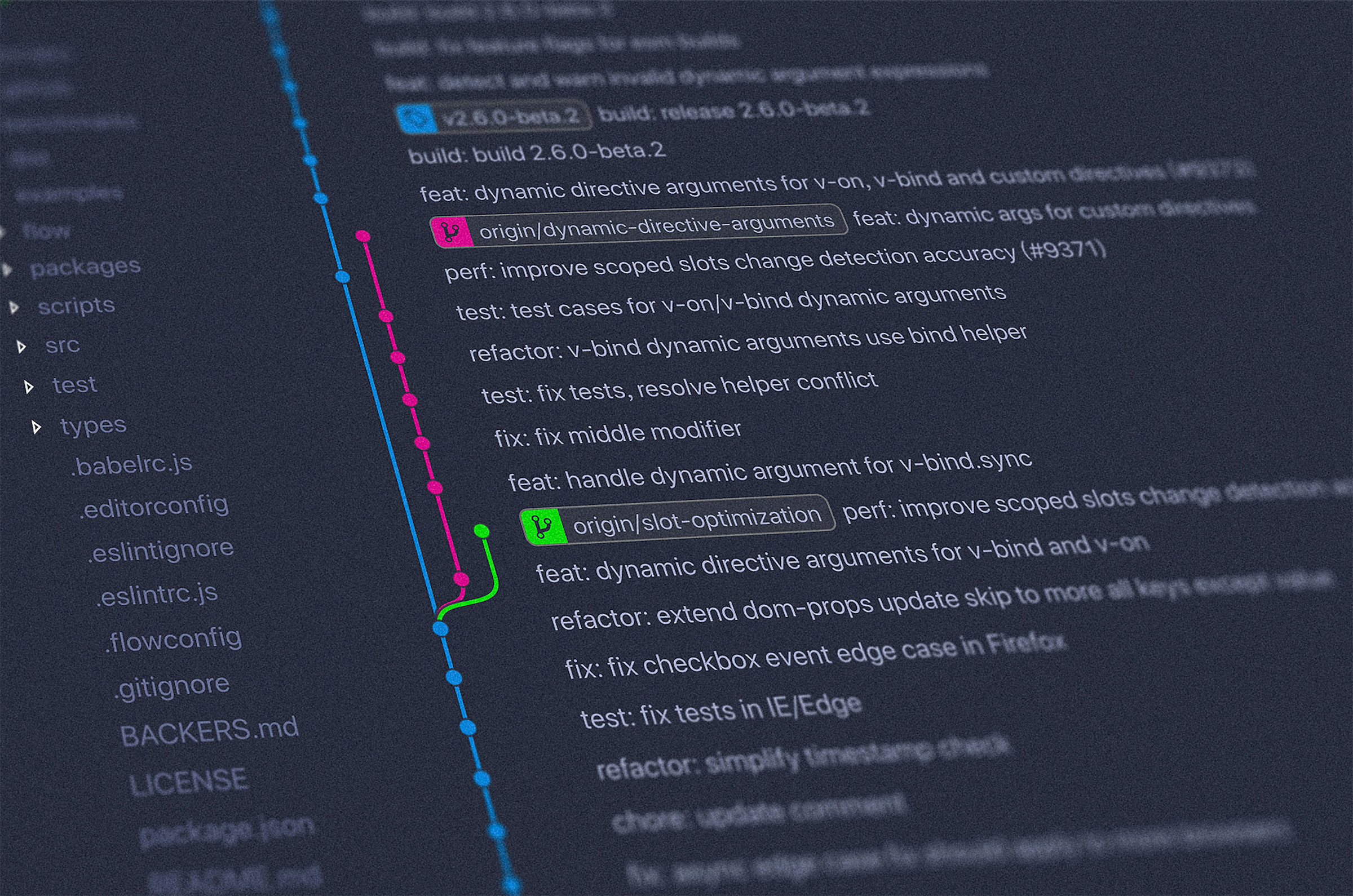UI/UX Design
Websites designed to achieve logical and emotional resonance with your audience

User-Centered Design
At Magnet Co, we prioritize user-centered design principles to create intuitive and engaging user interfaces that enhance the overall user experience. Here's how we approach user-centered design:
User Research
We conduct in-depth user research, including user interviews, surveys, and usability testing, to gain insights into users' needs, preferences, and pain points.
Persona Development
Based on user research findings, we develop user personas representing different user segments, enabling us to design solutions tailored to specific user demographics and behaviors.
Wireframing and Prototyping
We create wireframes and interactive prototypes to visualize and iterate on design concepts, allowing stakeholders to provide feedback and validate design decisions early in the process.
Usability Testing
We conduct usability testing sessions with real users to evaluate design prototypes, identify usability issues, and gather feedback for iterative improvements.
Accessibility Compliance
We ensure that user interfaces comply with accessibility standards (WCAG) to provide inclusive experiences for users with disabilities, such as screen readers, keyboard navigation, and color contrast.
Visual Design
Visual design plays a crucial role in shaping user perceptions and emotions. We employ visual design principles to create visually appealing and cohesive user interfaces. Here's our approach to visual design:
Branding Integration
We integrate clients' brand identities into UI designs, incorporating brand colors, typography, and visual elements to maintain brand consistency and reinforce brand recognition.
UI Component Design
We design reusable UI components and design systems to establish visual consistency across applications, streamline development workflows, and ensure scalability and maintainability.
Typography and Hierarchy
We carefully select typography styles and establish clear typographic hierarchy to enhance readability, guide users' attention, and communicate information effectively.
Visual Imagery
We leverage visual imagery, such as illustrations, icons, and imagery, to enhance user engagement, convey messages, and create memorable experiences.
Responsive Design
We design responsive user interfaces that adapt seamlessly to various devices and screen sizes, ensuring optimal usability and accessibility across desktop, mobile, and tablet devices.
Interaction Design
Interaction design focuses on designing intuitive and meaningful user interactions that facilitate task completion and user satisfaction. Here's our approach to interaction design:
User Flow Mapping
We map out user flows and navigation paths to ensure logical and intuitive user journeys, minimizing friction points and maximizing user engagement and conversion rates.
Microinteractions
We incorporate microinteractions, such as animations, transitions, and feedback mechanisms, to provide visual feedback, guide users' actions, and create delightful user experiences.
Gestural Design
For touch-enabled interfaces, we design intuitive gestural interactions, such as swiping, pinching, and tapping, to facilitate seamless navigation and interaction on mobile devices.
Form Design
We design user-friendly forms with clear labels, input validation, and error handling to streamline data input processes and minimize user errors and frustration.
Progressive Disclosure
We apply progressive disclosure techniques to present information progressively, revealing more details as users interact with the interface, thereby preventing information overload and cognitive overload.
Usability Testing and Iterative Design
Usability testing and iterative design are integral to our UI/UX design process, enabling us to validate design decisions and refine user interfaces based on user feedback. Here's our approach to usability testing and iterative design:
Prototype Testing
We conduct usability testing sessions with prototype designs to gather feedback from real users, identify usability issues, and validate design assumptions.
Iterative Design
Based on usability testing findings, we iteratively refine UI designs, incorporating user feedback, addressing pain points, and optimizing user interactions to improve overall usability and user satisfaction.
A/B Testing
We perform A/B testing experiments to compare different design variations and evaluate their impact on user engagement, conversion rates, and other key performance metrics, allowing us to make data-driven design decisions.
Continuous Improvement
We adopt a mindset of continuous improvement, regularly monitoring user feedback, analytics data, and industry trends to identify opportunities for enhancing user experiences and iterating on UI designs accordingly.
Resources
- Nielsen Norman Group - Research and resources on user experience
- UX Magazine - Articles on user experience design and strategy
- Behance UI/UX - Showcase of UI/UX design projects
- Smashing Magazine – UX Design - Articles and resources on UX design practices and trends






































